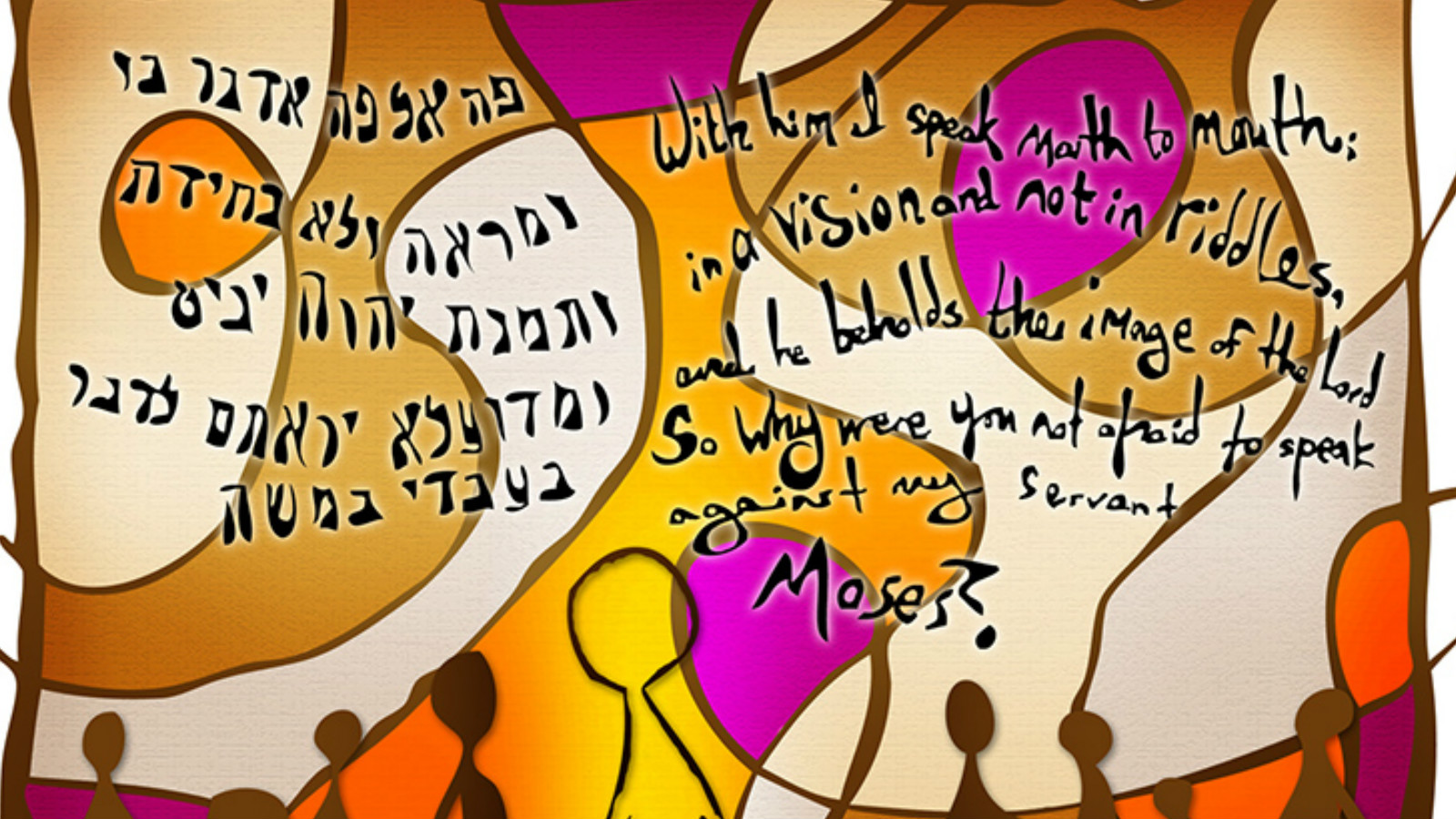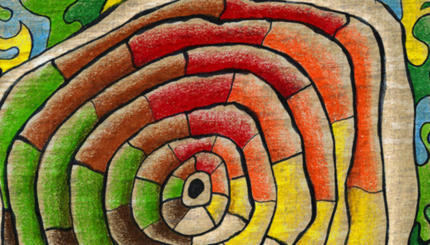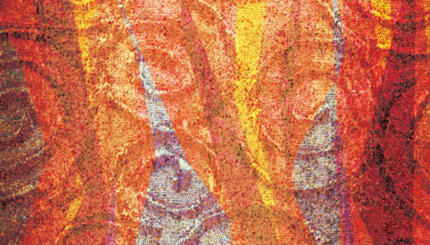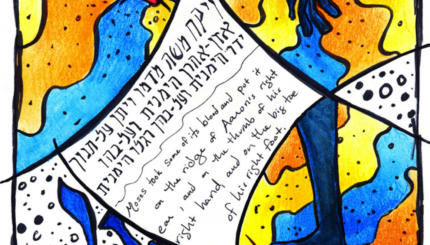Winston Churchill is said to have said: “A pessimist sees the difficulty in every opportunity. An optimist sees the opportunity in every difficulty. “
Parshat Beha’alotcha is a Torah portion of both difficulty and opportunity. Here’s the sequence of events in this portion.
1. The Levites prepare for service in the Tabernacle.
2. The commandment to offer the Passover sacrifice is given.

Help us keep Jewish knowledge accessible to millions of people around the world.
Your donation to My Jewish Learning fuels endless journeys of Jewish discovery. With your help, My Jewish Learning can continue to provide nonstop opportunities for learning, connection and growth.
3. The cloud and fire that accompanied the Israelites during their sojourn in the desert is described.
4. God commands the blowing of trumpets in the Israelite camp.
5. The structure of the camp is described.
6. Moses invites his father-in-law to join the Israelites on their travels.
7. The Israelites complain about the lack of meat to eat, leading God to send an excessive amount of quail into the camp as retribution.
Each of these moments represented either a challenge or an opportunity for the Israelites as they began the second year wandering in the desert following the Exodus. And yet, they don’t really seem to form a cohesive literary unit. What does the Passover sacrifice have to do with trumpets? And why is the description of the Israelite encampment positioned next to the invitation from Moses to his father in law to accompany them on their travels?
In a public lecture in the 1970s, Rabbi Joseph Soloveitchik suggested a unified theory of Parshat Beha’alotcha. He posited that in the year following the Exodus, the Israelites were beginning a “grand march” and that each of these elements was part of their preparation for entering the land of Israel. First, the spiritual leadership of the people prepares for its work. Then the Passover sacrifice, the reminder of the Exodus, is introduced. Then the march begins: The trumpets stand ready, the camp is set up to go, and Moses symbolically invites the nations of the world to join. To a large extent, the redemption was upon them.
But then disaster strikes. The people complain, and God exacts punishment. Rather than seeing the opportunity that lay before them, the Israelites were too concerned about their immediate (and largely individual) needs. They simply weren’t cognizant of the historical moment they were facing. The redemptive moment passes the individuals who were meant to actualize it. This is the great tragedy of Jewish history: opportunity knocks, but the Jews don’t recognize its significance.
The missed opportunity in Parashat Beha’alotcha becomes even more striking when looking closely at the language in the text. The complaint of the Israelites is described with an adjective in Numbers 11:1: “The people took to complaining bitterly [ra].” This bitterness (or even evil, another possible translation of the Hebrew word ra) stands in direct contrast to the vision that Moses articulates to his father-in-law upon inviting him to join the Israelites: Please join us, Moses says, for ”the good [hatov] that God will give us will be good for you as well.” In fact, variations on the Hebrew word tov appear throughout Moses’ invitation.
For Moses, the grand march is an opportunity for the realization of all things good. The land of Israel is a place that sanctifies life and is a place of the ultimate goodness. Moses sees this as something that all should have access to.
But the Israelites see only the bad. And from the moment they miss the opportunity, everything turns bad. Later in the book of Numbers, when the spies return from scouting out the land of Israel, only two — Joshua and Caleb — describe the land as “good.” The others describe the land as “bad.” In short, once the Israelites put their individual needs before the needs of the nation, their entire experience is colored – everything looks bad.
We live in a remarkable era of opportunity. While we don’t always know the best way to capitalize on this wondrous moment in Jewish history, it behooves us to recognize all the good that our era has enabled us to achieve, and not let small moments of bitterness take away from our march toward a better future.
Read this Torah portion, Numbers 8:1 – 12:16 on Sefaria
Sign up for our “Guide to Torah Study” email series and we’ll guide you through everything you need to know, from explanations of the major texts to commentaries to learning methods and more.
Subscribe to A Daily Dose of Talmud: Daf Yomi for Everyone — every day, you’ll receive an email that offers an insight from each page of the current tractate of the Talmud. Join us!
About the Author: Rabbi Seth Farber is the founder of ITIM : The Jewish Life Advocacy Center and the rabbi of Kehilat Netivot. He lives in Ra’anana, Israel, with his wife Michelle and their five children.



